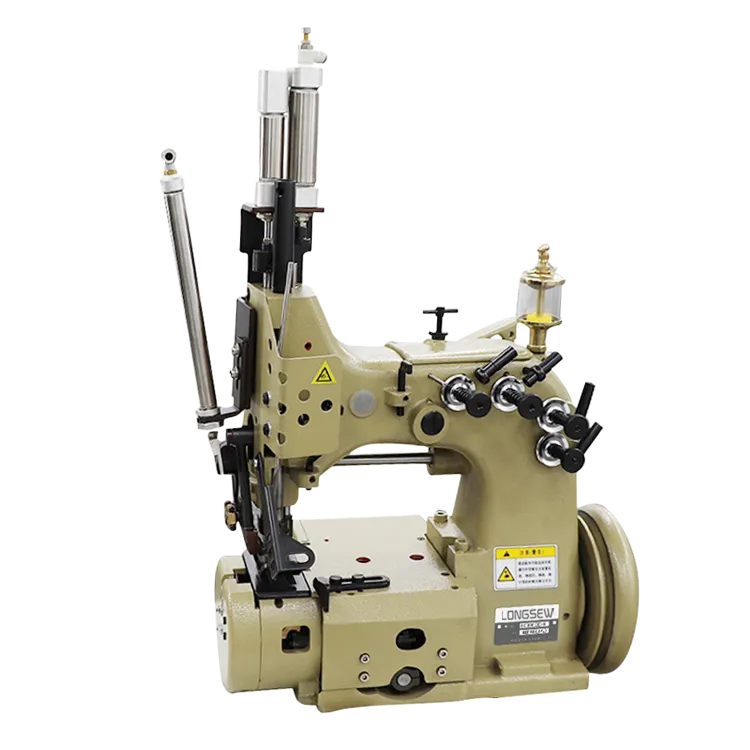Exploring the Versatility of Jersey Twin Needle for Sewing Projects
The Versatility of the Jersey Twin Needle A Seamstress's Best Friend
When it comes to sewing, choosing the right tools can make all the difference in the quality and durability of your projects. One such invaluable tool is the jersey twin needle. This specialized sewing needle is designed to provide a professional finish and is particularly beneficial for working with stretchy fabrics like jersey knit, spandex, and other elastic materials. In this article, we'll explore the benefits of the jersey twin needle, its uses, and tips for sewing effectively with it.
What is a Jersey Twin Needle?
A jersey twin needle features two needle points on a single shaft, which allows you to sew two parallel lines of stitching simultaneously. This needle is specifically designed with a rounded tip that gently slips between the fibers of stretchy fabrics, minimizing the risk of snagging or damaging the material. The result is a clean, professional-looking stitch that maintains the elasticity of the fabric, making it perfect for t-shirts, leggings, and other comfortable garments.
Benefits of Using a Jersey Twin Needle
1. Professional Finish One of the main advantages of using a jersey twin needle is the professional look it provides. The parallel stitching mimics the appearance of coverstitched seams often found in ready-to-wear clothing, giving your handmade garments a polished finish.
2. Stretch and Flexibility Jersey twin needles are particularly adept at handling stretchy materials. The rounded tip prevents skipped stitches, while the two needle points work together to create a flexible seam that can withstand movement without breaking.
3. Time Efficiency Using a twin needle allows you to sew two lines of stitching in one pass, saving you time and effort. This feature is especially useful when you're working on larger projects or when you're making multiple items that require the same seam.
jersey twin needle

How to Use a Jersey Twin Needle
Using a jersey twin needle is relatively straightforward, but there are a few tips to ensure successful sewing
1. Machine Setup Before you begin, make sure your sewing machine is compatible with twin needles. Most home sewing machines can accommodate them, but it’s always good to check your machine's manual. Insert the needle correctly, ensuring that the needle's flat side faces the back of the machine.
2. Choose the Right Thread Use two spools of thread—one for each needle. Make sure to select a thread suitable for jersey fabric, such as polyester or a specialized stretch thread. Thread your machine according to the manufacturer's instructions for using a twin needle, ensuring both threads are threaded through the needle's eye.
3. Tension Settings You may need to adjust the tension on your sewing machine for the best results. A slightly looser tension can help accommodate the stretch of the fabric while maintaining stitch integrity. It may take some experimentation, so don’t hesitate to test on a scrap piece of fabric first.
4. Sewing Technique When sewing, keep your fabric taut but not overly stretched. A consistent speed and steady guiding of the fabric will lead to even stitching. If you encounter any skipped stitches or puckering, re-check your threading and tension settings.
Conclusion
The jersey twin needle is a must-have tool for any seamstress who frequently works with stretchy fabrics. Its ability to create professional-looking seams while maintaining the integrity of the material is invaluable for achieving high-quality finished garments. With a few adjustments and the right technique, you can unlock the full potential of this versatile needle and elevate your sewing projects to a whole new level. So, whether you’re making a cozy t-shirt or fashionable leggings, don’t underestimate the power of the jersey twin needle in your sewing toolkit!
-
Boost Production Efficiency with a Pattern Sewing MachineNewsAug.29,2025
-
Industrial Excellence with the Best Heavy Duty Sewing MachineNewsAug.29,2025
-
Precision and Power with the Best Pattern Sewing MachineNewsAug.29,2025
-
Reliable Bulk Packaging Starts With the Right FIBC Sewing MachineNewsAug.29,2025
-
Advanced Packaging Solutions: Elevate Productivity with Jumbo Bag Sewing Machine and Industrial Stitching EquipmentNewsAug.29,2025
-
High-Performance Solutions for Bulk Packaging: FIBC Sewing Machine and MoreNewsAug.29,2025
-
Maximize Efficiency with an Industrial Cylinder Arm Sewing MachineNewsAug.28,2025


























